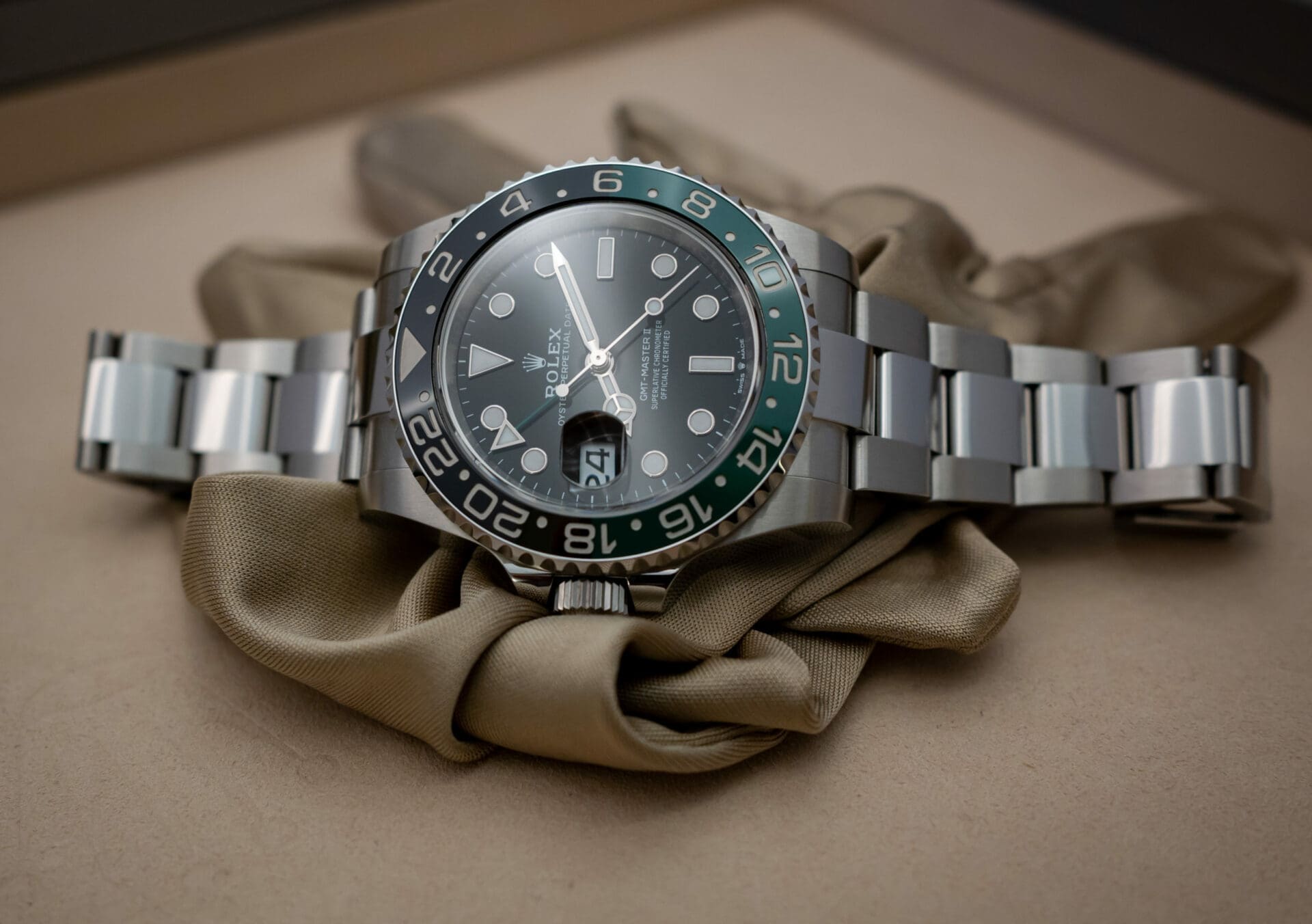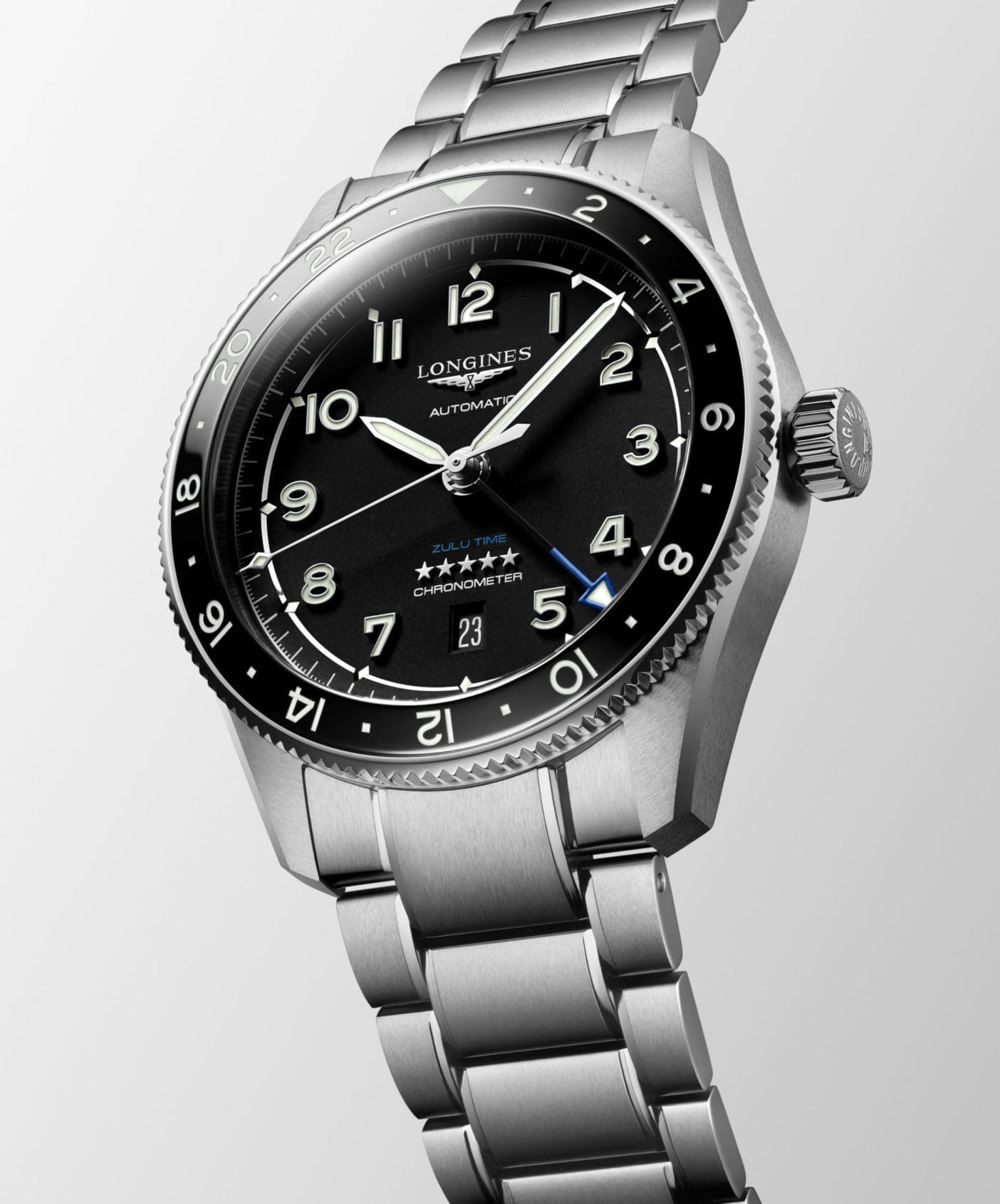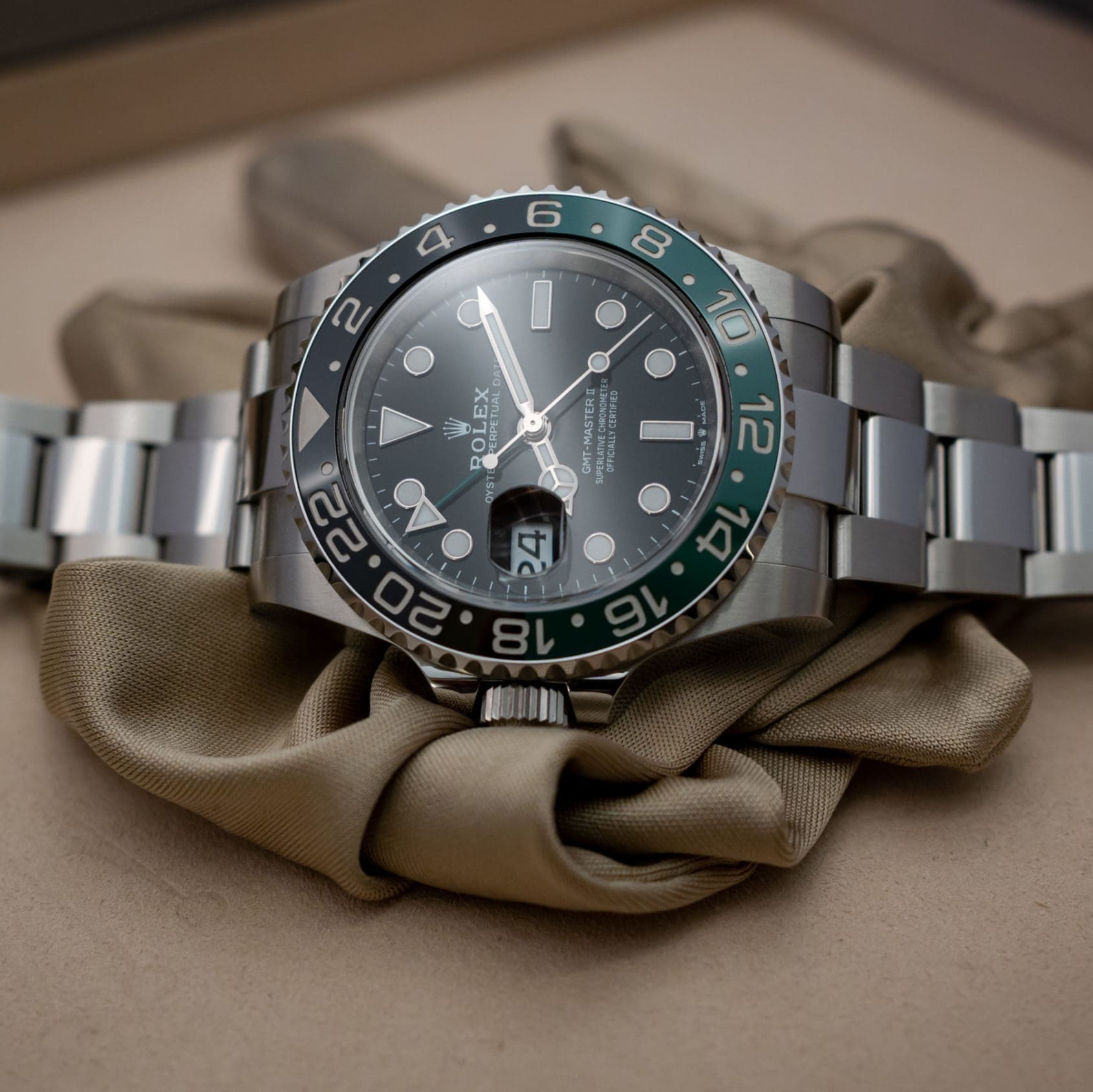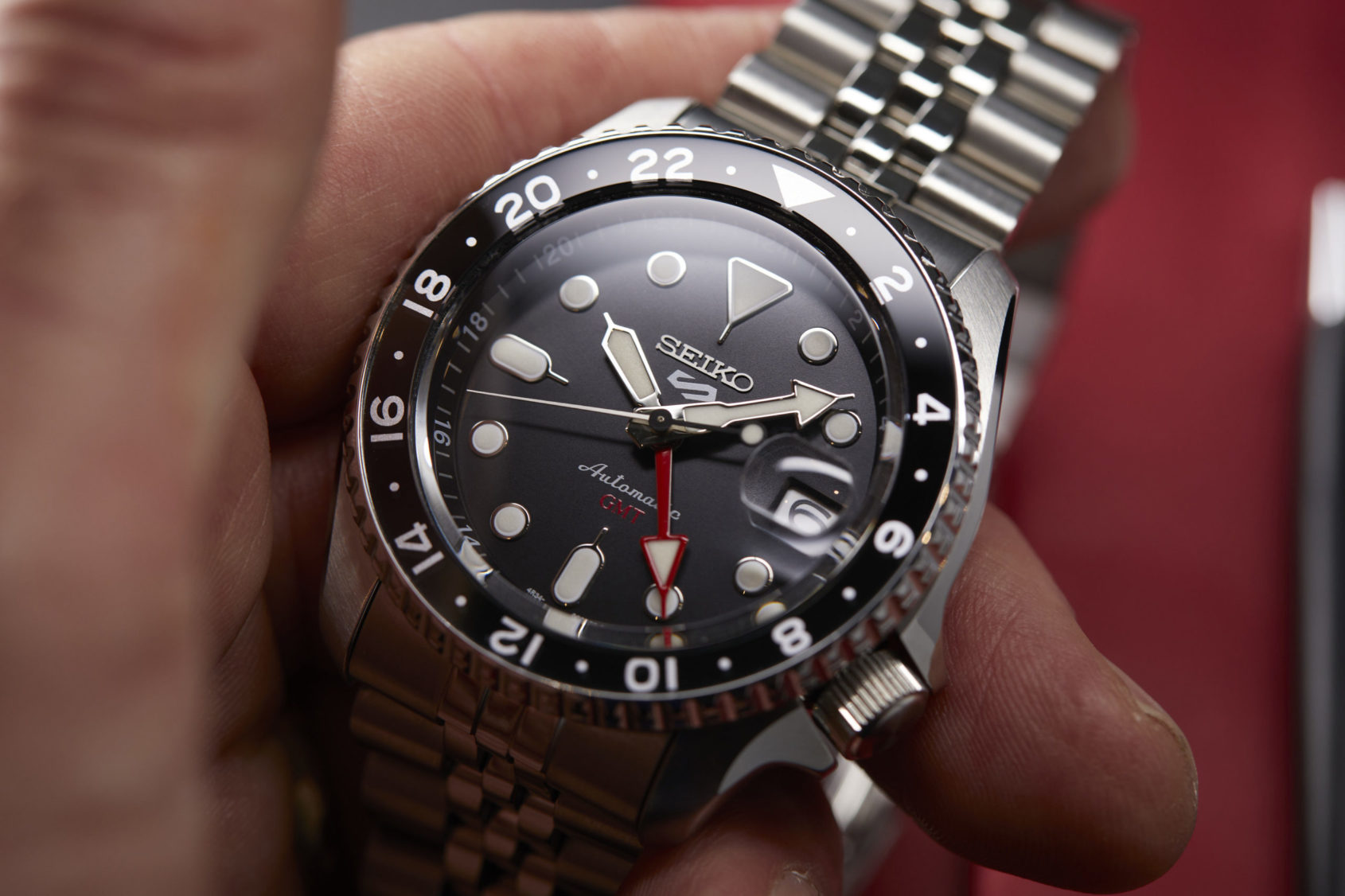What is the difference between a ‘Caller’ or ‘Traveller’ GMT? Which should you choose?
Ricardo SimeCaller or traveller GMT. “True” or Office. These terms have been used to describe the GMT function of a watch for a long time. But for those new to the hobby, these terms make no sense without some understanding of the mechanisms in play and the reasons why someone may pick one or the other. After providing you with some affordable options recently, we felt it was now time to breakdown these terms. To help you in your GMT pursuits, here’s a quick guide to how brands do GMTs. We hope this helps you decide which is the right version for you.
Also note that this explanation applies to both Quartz and Automatic GMT’s.
The Caller/Office GMT
When describing a watch’s functionality, I’ve found the best way to approach it is to start with the situations where it will be used. For watches that have caller GMT functionality, you should think of a business executive who works with a company on the other side of the world. Or better yet an American watch writer who works for an Australian publisher, with a +14 hour time difference. As a writer, it’s important for me to know my deadlines as per the time at the main office. Our main editor is based there, so our articles and calls are scheduled on Australian time. To keep track of this, I would simply use a Caller GMT.
A Caller GMT has a 24 hour hand that is set independently of the other hands. For example, the recently introduced Seiko 5 SKX Sports Style GMT is a Caller GMT. When you pull it’s crown out to the first position, rotating it clockwise allows you to set the GMT hand in hour increments, on the 24 hour scale. Moving the crown out to the the second position, you can set the time displayed by the main hour and minute hands. As you do this, the 24 hour hand will follow.
For someone in an office, this “Office” functionality is perfect. You’re only worried about the time in one other location. You’ll rarely be changing the time displayed by the main hands (daylight savings time/ depleted power reserve). In my case, since I’m using the Seiko 5 GMT to keep track of the time in Melbourne, I would set my 24 hour hand to a time that is 14 hours ahead of what the main hour and minute hand is showing. That way, whenever I glance down at my watch, I can immediately know what time it is in New York and Melbourne.
The “True”/Traveller GMT
For a “True” GMT, the functionality is different because the needs of the wearer have changed. Those seeking a “True” GMT aren’t just worried about keeping track of the time in one other place. They are constantly on the move (thus the traveller moniker) and need a watch that can keep up, easily. So instead of having an independent GMT hand, they have an independent hour hand.
One of the most famous watches to have this functionality is the Rolex GMT Master. It’s a watch that was created with pilots in mind. Since pilots constantly travelled between multiple time zones, they needed a tool which could display their time at home (or a reference time, such as UTC/ZULU). They also needed a watch that could easily be set to a new local time when they landed (without disturbing the home time displayed). By having an independent main hour hand, which can be jump set in hour increments, a “true” GMT best satisfied their needs.

At this point you’re likely wondering, why this type of functionality is considered “true”. Is there something untrue about the Caller GMT? The “True” moniker is actually because of it’s early popularity with pilots. That’s why the GMT functionality of the Rolex GMT Master is in many ways considered the purest, thus “truest” form of the complication.
What does this mean for you as a buyer?
If you’re looking to add a GMT to your collection, it’s important to keep the GMT functionality of the watch in mind. For someone travelling a ton, a “True” GMT is probably your best option. If you’re someone who tends to stay in one timezone but maybe has a relative in another country, the “Caller” GMT would fulfill your needs. Just remember to research the movement calibre beforehand to find out what type of functionality it has.

As for cost, there use to be a time when only a handful of companies offered “True” GMT functionality. Which meant higher retail prices. Yet as time has progressed, more affordable options have hit the scene. The Hamilton Khaki Aviation Converter Auto GMT in the Time+Tide Shop is a great example. It, as well as many other watches, show that you need not leverage the bank to enjoy this version of GMT functionality. All you have to do now is find an aesthetic you like.







